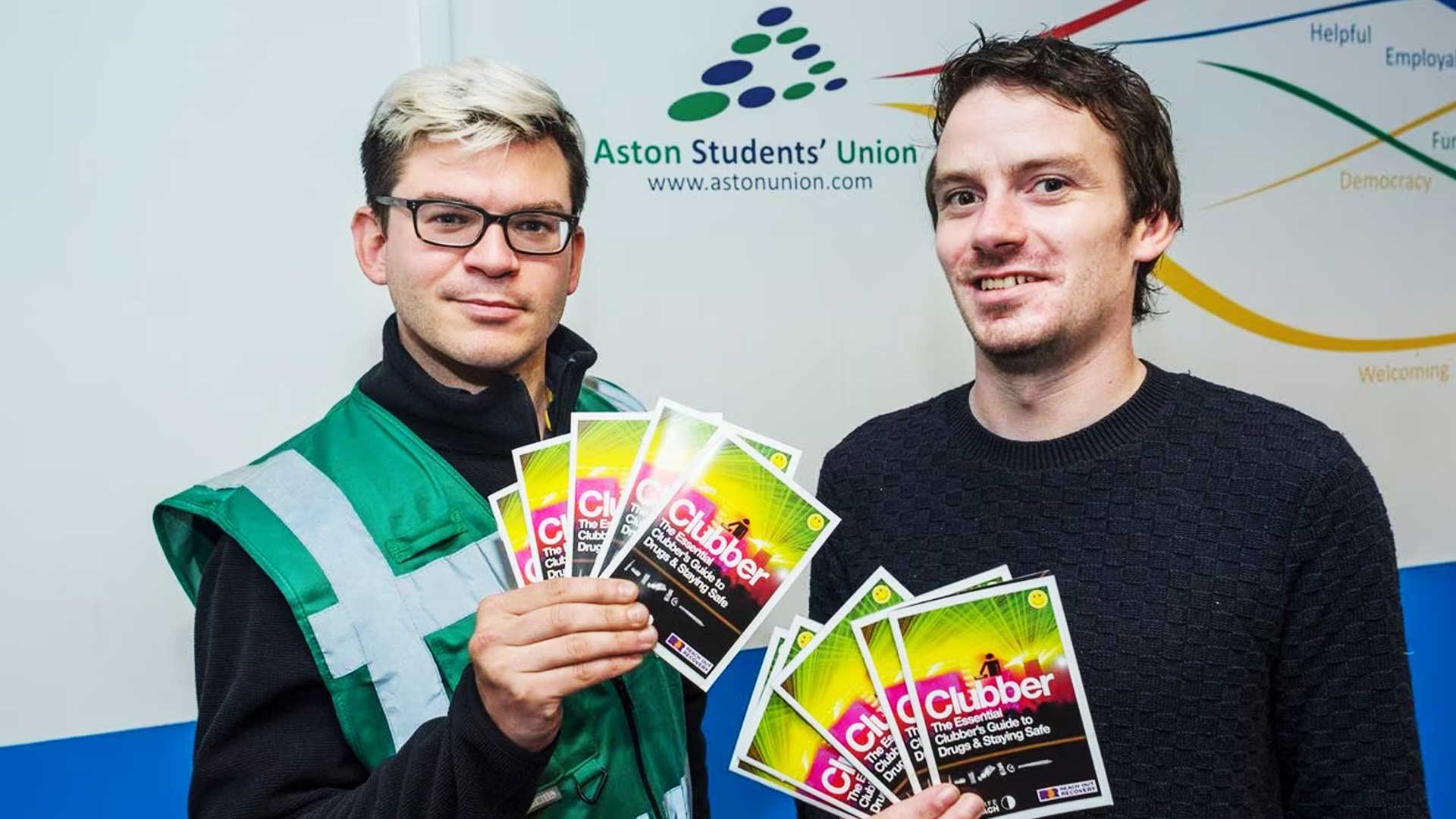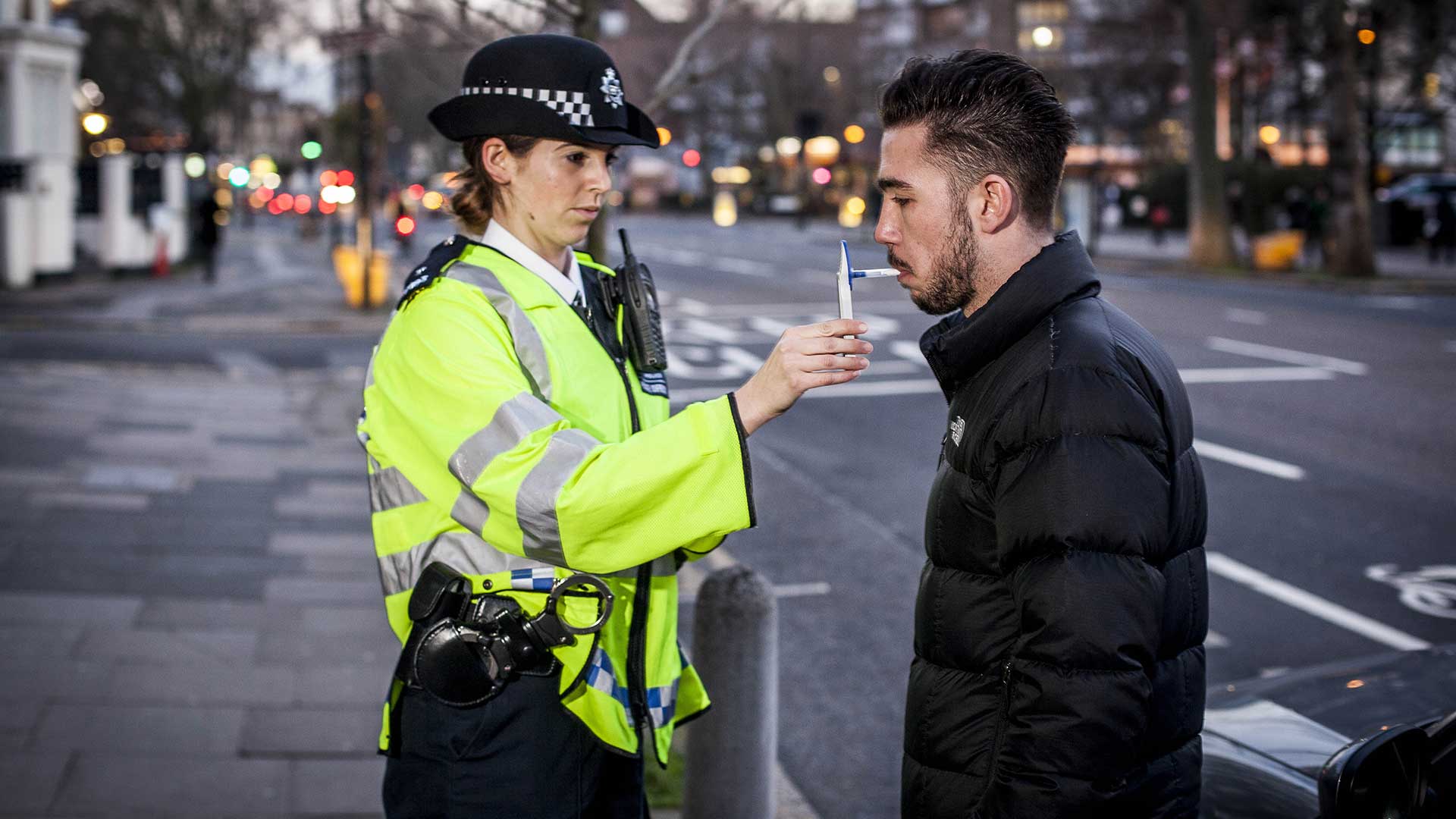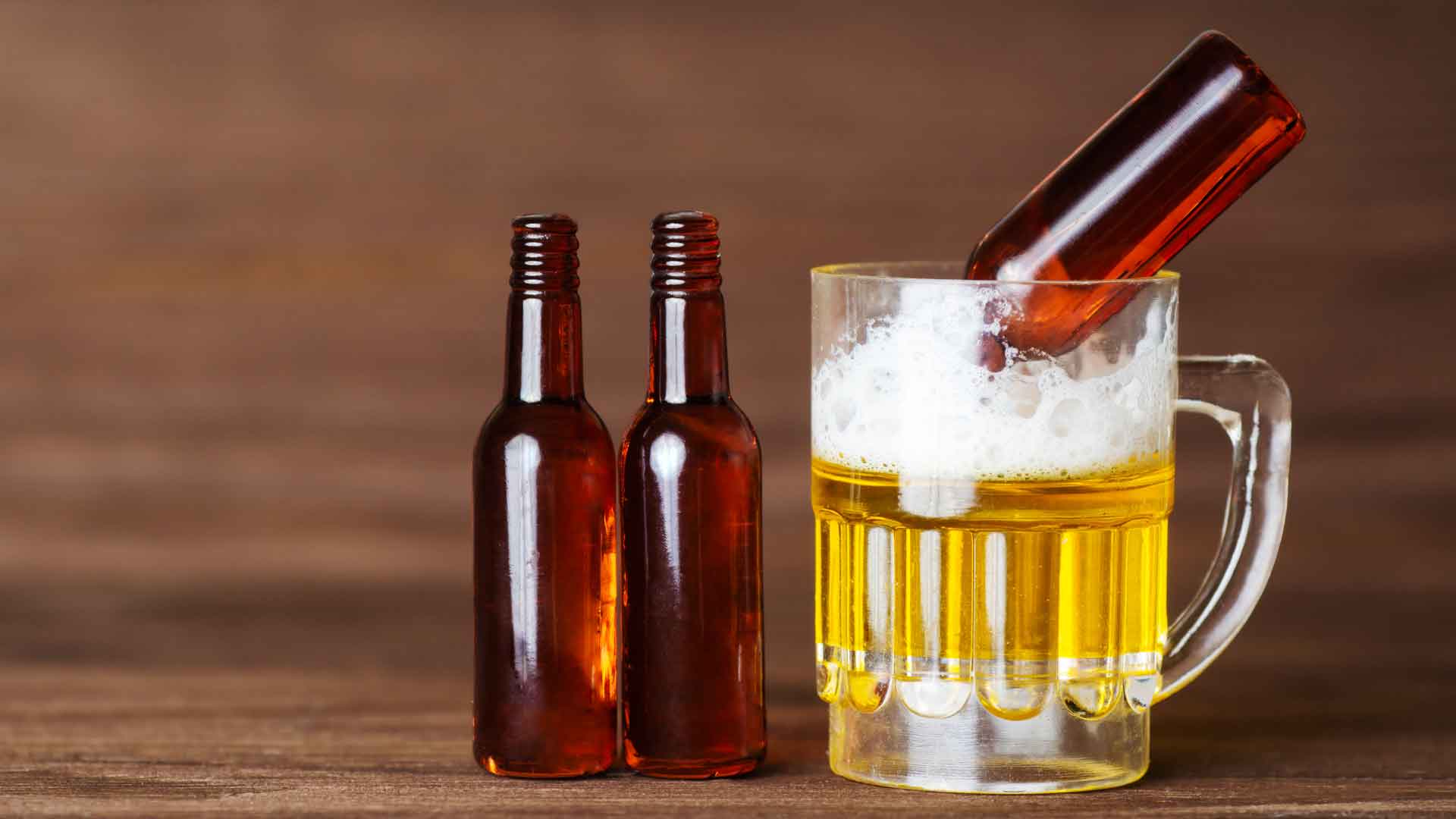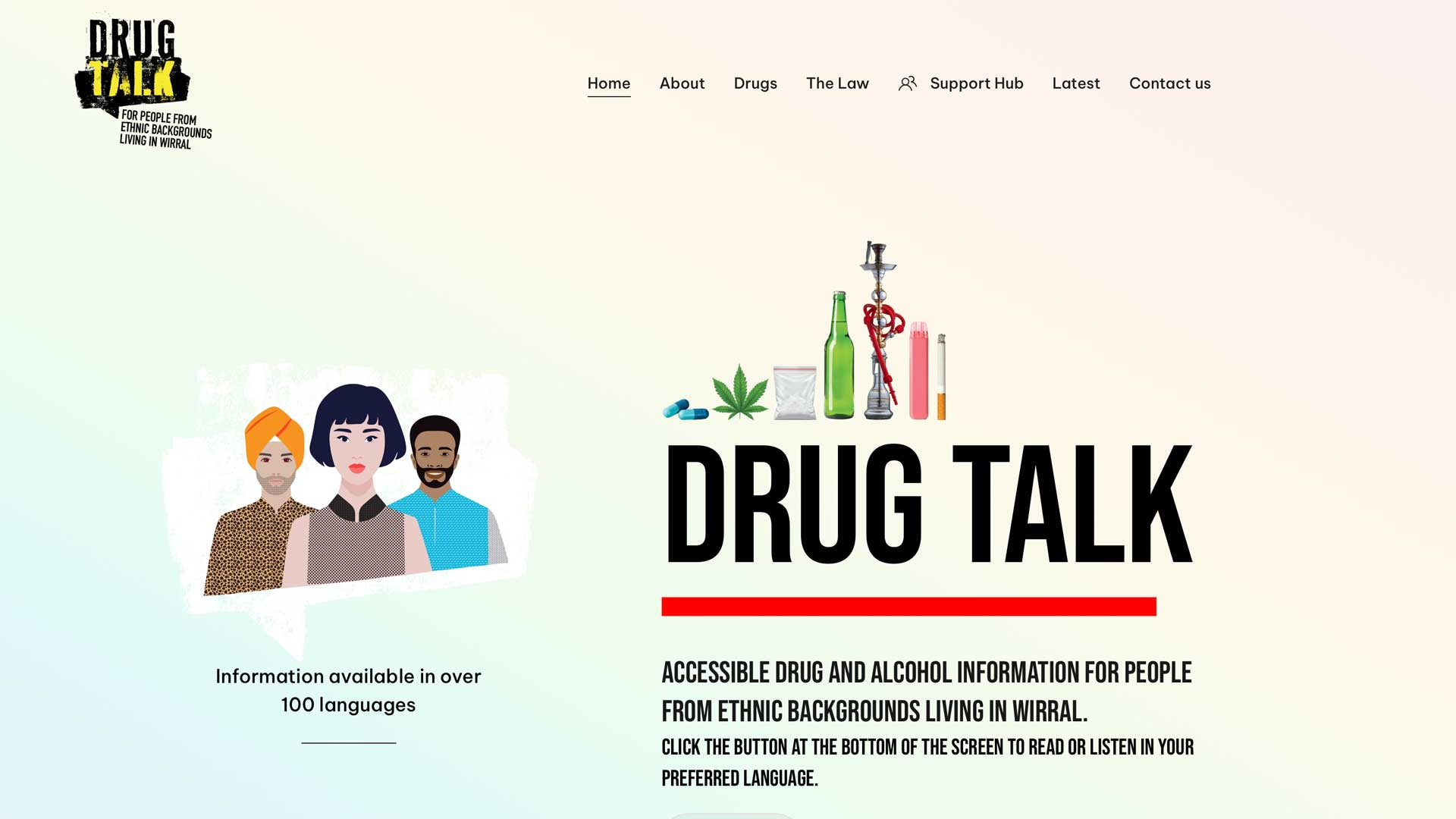Health professionals warn that serious, sometimes irreversible bladder damage linked to regular ketamine use is affecting a growing number of people across the UK. Cases have surged in recent years, with experts saying the drug scars and inflames the bladder. They're calling for urgent action to raise awareness and tackle a largely overlooked public health issue.
In 2014, the UK government reclassified ketamine from Class C to Class B after growing evidence showed it could cause serious harm to the bladder, urinary tract, and kidneys. The change intended to reduce use by making possession and distribution a more serious criminal offence. However, use among 16–24-year-olds has steadily increased since then—from 0.8% in 2012–13 (around 50,000 people) to 3.2% in 2019–20 (about 200,000), rising again to 3.8% in 2022–23—roughly 235,000 young people—according to ONS data.
The move followed recommendations from the government's Advisory Council on the Misuse of Drugs (ACMD), which had raised concerns about long-term health risks, particularly bladder damage. However, over a decade later, usage has not declined, and health services nationwide are now dealing with the consequences.
Urology clinics in England and Wales have reported a steady rise in patients with ketamine bladder, some as young as 19 requiring invasive treatment. Dr Mohammed Belal, a consultant urologist and member of the British Association of Urological Surgeons, told the BBC in early 2024 that the increase in cases was striking. "These are symptoms we'd normally associate with elderly people," he said. "Now we're seeing them in people in their twenties."
Amber Currah, 27, from Morecambe, is one such case. She began using ketamine socially in her late teens, but by the time she realised something was wrong, the damage was already underway. "It got to the point where I realised the bladder damage had started," she told the BBC, "but the only thing that would take away the pain was ketamine." Amber has since stopped using the drug but still lives with chronic pain and incontinence.
Regular ketamine use can trigger damage to the bladder lining, causing inflammation, scarring, and pain and eventually shrinks the bladder, reducing its ability to hold urine. Some people are left needing to urinate much more frequently. Others become incontinent or develop intense burning pain during urination.
Many people experiencing symptoms don't connect them to their drug use. Frequent urination and pelvic pain are often mistaken for urinary tract infections, leading to delayed diagnosis. Specialists often find the damage is already permanent by the time they see patients. In the worst cases, patients require surgery to remove the bladder entirely, leaving them with a urostomy bag for life.
A particularly harmful aspect of ketamine bladder is how the drug itself masks the damage it causes. Because ketamine is an anaesthetic, some people use it to dull the pain—creating a cycle where the drug becomes both the source of harm and a temporary escape from it.
In a statement issued in February 2024, the Home Office cited "increasing" evidence of the long-term harm caused by ketamine misuse. It followed renewed calls to tighten controls, echoing the findings of the Advisory Council on the Misuse of Drugs (ACMD), whose 2013 report led to ketamine's reclassification as a Class B drug. Ministers are now considering whether it should be upgraded again—to Class A.
Once considered a niche club drug, ketamine has become increasingly mainstream over the past decade. People snort ketamine in small doses on nights out, often dipping the tip of a key or a small spoon into a bag of powder and inhaling a "bump"—a method sometimes called keying, or sometimes chopped into lines and snorted through a straw or rolled note. Effects kick in within 10 to 15 minutes and last around an hour.
At low doses, ketamine can produce a sense of detachment, euphoria, and mild visual distortions. Higher doses, however, can lead to stumbling, confusion, and what users refer to as a "K-hole"—a state of intense dissociation where they may feel immobilised and disconnected from reality.
Support services for people looking to reduce or stop their use are patchy, and not all drug services have clear guidance on how to deal with ketamine-related health issues. Harm reduction workers are now pushing for ketamine harm reduction resources to be included more explicitly in education, outreach, and treatment pathways.
Public health experts say the UK is lagging when it comes to raising awareness of ketamine-related harm. While some progress has been made in nightlife settings, awareness among the general public—and even among GPs—remains low.
Go to our ketamine resources page






















